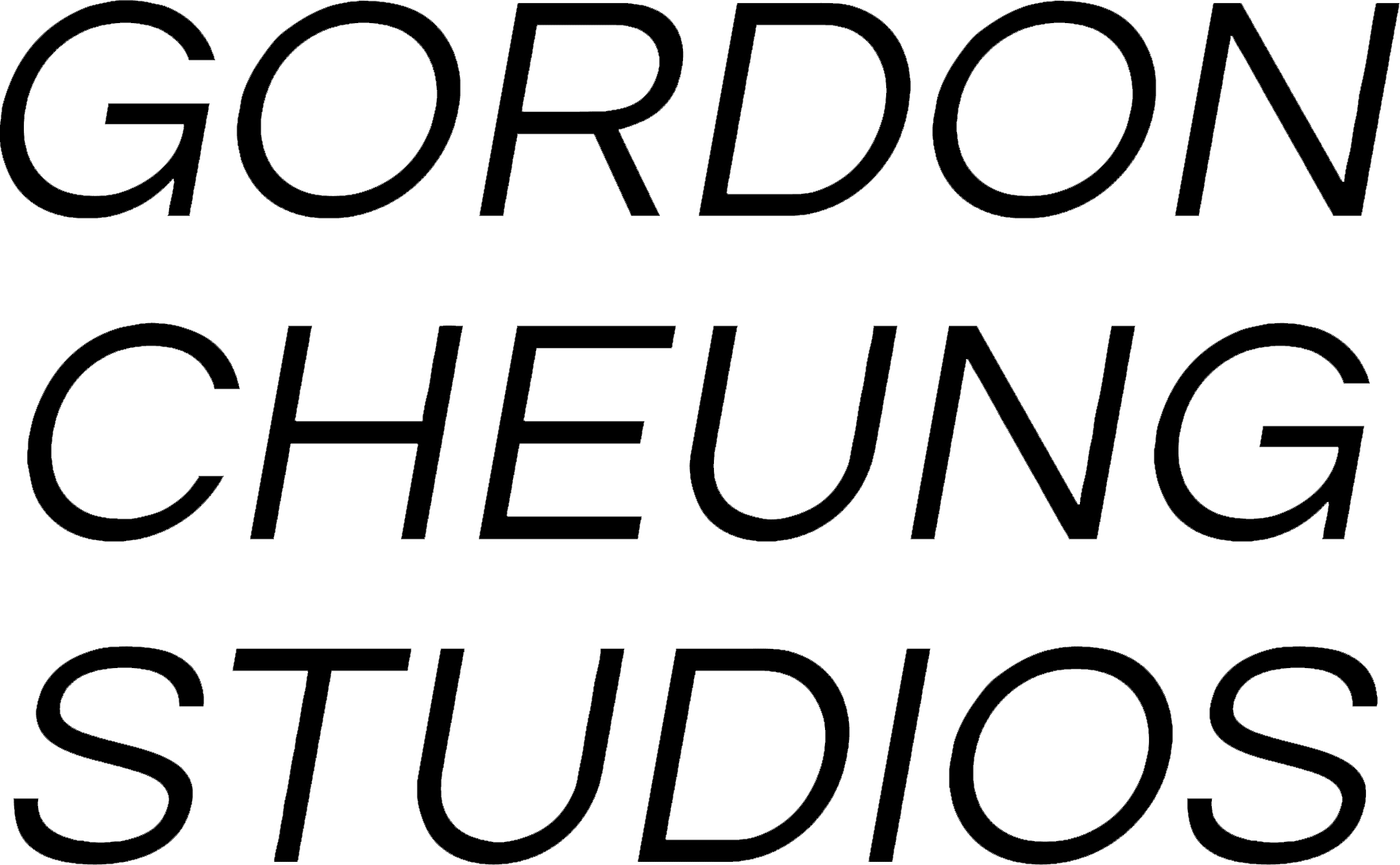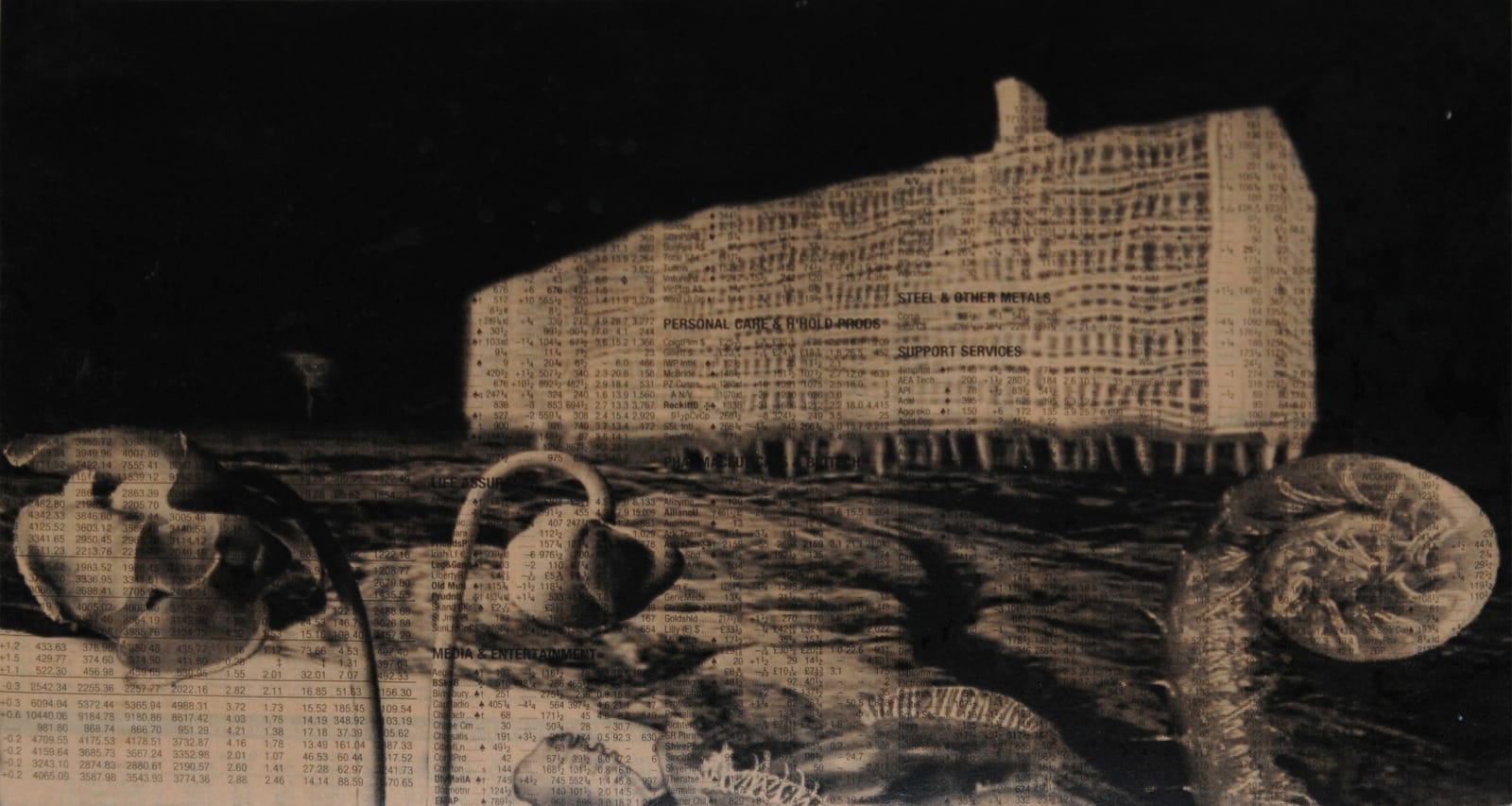-
Artworks

Underworld, 2005
Financial newspaper, ink, gloss and acrylic on canvasGordon Cheung describes his otherworldly landscapes as reflections of the ‘techno sublime'. They are created from complex combinations of computer-manipulated imagery, acrylic gel, spray paint and Chinese ink drawing, printed...Gordon Cheung describes his otherworldly landscapes as reflections of the ‘techno sublime'. They are created from complex combinations of computer-manipulated imagery, acrylic gel, spray paint and Chinese ink drawing, printed onto and applied over a meticulous collage of faded pink newsprint. Endless lists of stock market figures from The Financial Times form the background of his paintings. Against this blank verse of international high finance and global commodities, unsettling visions of cyberspace appear; alien worlds into which viewers find themselves lured like computer game characters. From a distance, the futuristic landscapes present vast, inhospitable expanses. Close to, the images become pixelated and fractured. The futures predicted by the cascades of digits and Space-Invader-type symbols are already ancient history.
Apart from the patchwork of Financial Times cuttings, which Cheung uses 'for the density of information and because in a sense it is a dream-world where investors chase after promises of fortune that affect all our lives,’ there are other traces of the known world. Beyond a border of carnivorous plants, Underworld (2004) features Le Corbusier’s post war housing block Unite d'Habitation, a vertical garden city containing all the elements of a small town in one building. Transplanted into this infernal region it staggers, warped and corrugated, on buckled legs, a collapsing utopian vision.
Helen Luckett, (2006), British Art Show 6, London, UK, Hayward Gallery Touring, p. 136
Provenance
Private Collection

